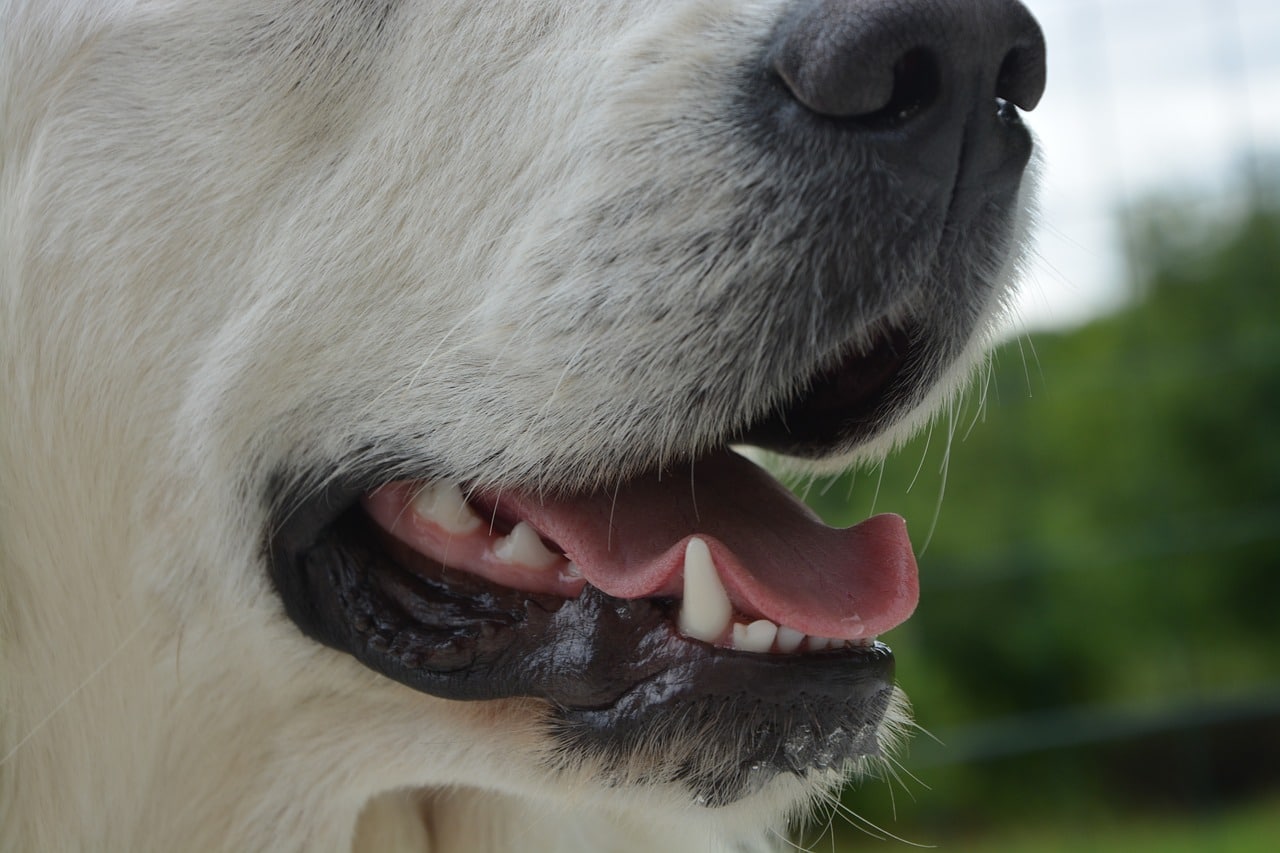Dental health is part of a dog’s overall health. As a pet owner, it’s your responsibility to include dental health among the essential services you should give your dog. Veterinarians could give you good advice on what are the best dental practices for pets.
Dogs aren’t as prone to dental cavities as humans. But despite this, it’s still a dog owner’s responsibility that the pet won’t develop dental plaques, tartar or gingivitis. Sometimes, a dog will have bad breath or its teeth will turn yellow. If these dental problems are left untreated, these may lead to severe infections that could affect the liver, kidney or the heart. So, better be safe than sorry.
Here are some pointers on how to take care of your pet’s dental health.
Brush the dog’s teeth
There’s canine toothbrush available in dog supply stores. The best type is a double-headed brush with the bristles at a 45-degree angle. This brush can go and clean even below the gumlines.
At first, your pet might not enjoy brushing his teeth. It may take some time convincing him that the experience isn’t very bad at all. You’ll need just a little more effort and patience. It’s good to choose the right time to brush especially after a tiring day. If the dog is a little exhausted, he’ll stay still while you’re cleaning his teeth.
As the dog gets used to the procedure, you can increase the frequency. And to make the experience more pleasant, you can give a reward to your pet after brushing. In time, he’ll look forward to the activity.
Start early
Developing a good habit is always good when started at a young age. So while your pet is still a puppy, try to make tooth brushing a happy, comfortable and easy experience.
Pick the right toothpaste
Dog’s toothpaste isn’t the same as a human’s toothpaste. Dogs have their toothpaste made especially for them and these are sold at many pet stores. Most tubes of toothpaste used by humans have fluoride, which is very poisonous to canines.
Dogs prefer dry food than soft food
Dry foods are easier to clean compared to soft foods. Usually, dry foods don’t stick to dogs’ teeth as much as soft food does. Therefore, the experience of brushing is less stressful for the dog because you don’t have to reach the hidden sections of the mouth which makes the dog uncomfortable. Dry foods are also less likely to cause tooth decay.
Chewing bones and toys clean teeth
Sturdy synthetic chew toys are mainly designed to toughen the dog’s teeth and gums. Chewing toys help keep teeth strong. Just ensure that you’re providing safe toys for your pet to chew on. The toy should have the right firmness not break the dog’s teeth.
Visit the veterinarian
Keep a regular appointment with a vet for your dog’s check-up. Usually, visits can once be every six months. But if you observe any of the following problems, bring your pet to the vet asap:
- bad breath
- excessive drooling
- change in eating/ chewing habits
- misaligned or missing teeth
- swollen or bleeding gum
- unusual coloring
- bumps or growth in the mouth or gums.
A regular dental exam can save money in the long run. Treating serious dental problems could cost thousands of dollars. So it’s better to maintain the dog’s dental health on a regular basis.
Thanks to www.cesarsway.com for the ideas for this article.
We have even more tips about keeping your dog’s teeth healthy.
